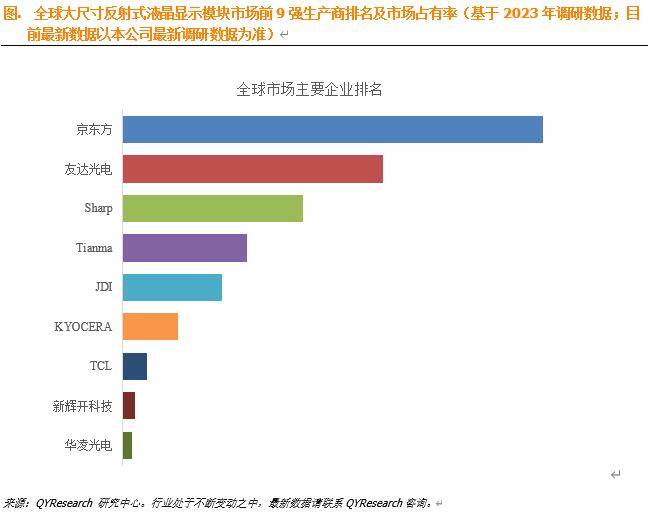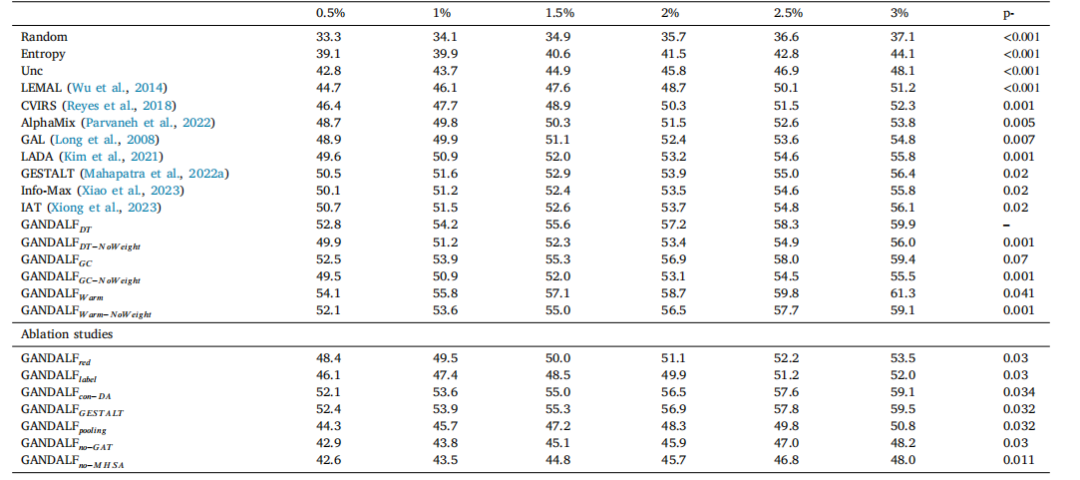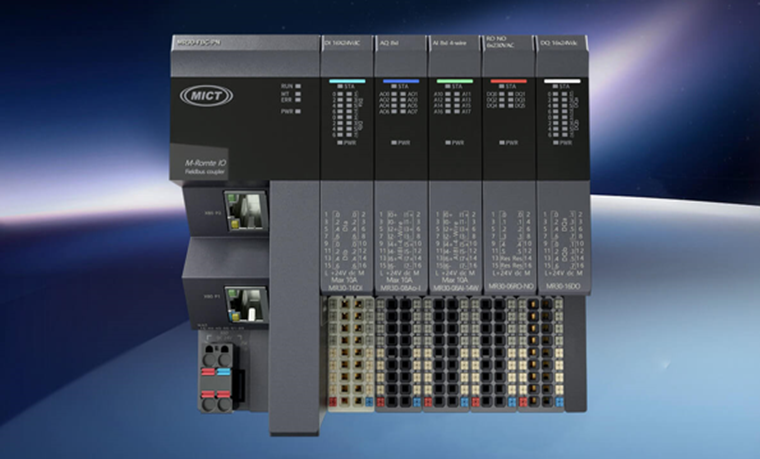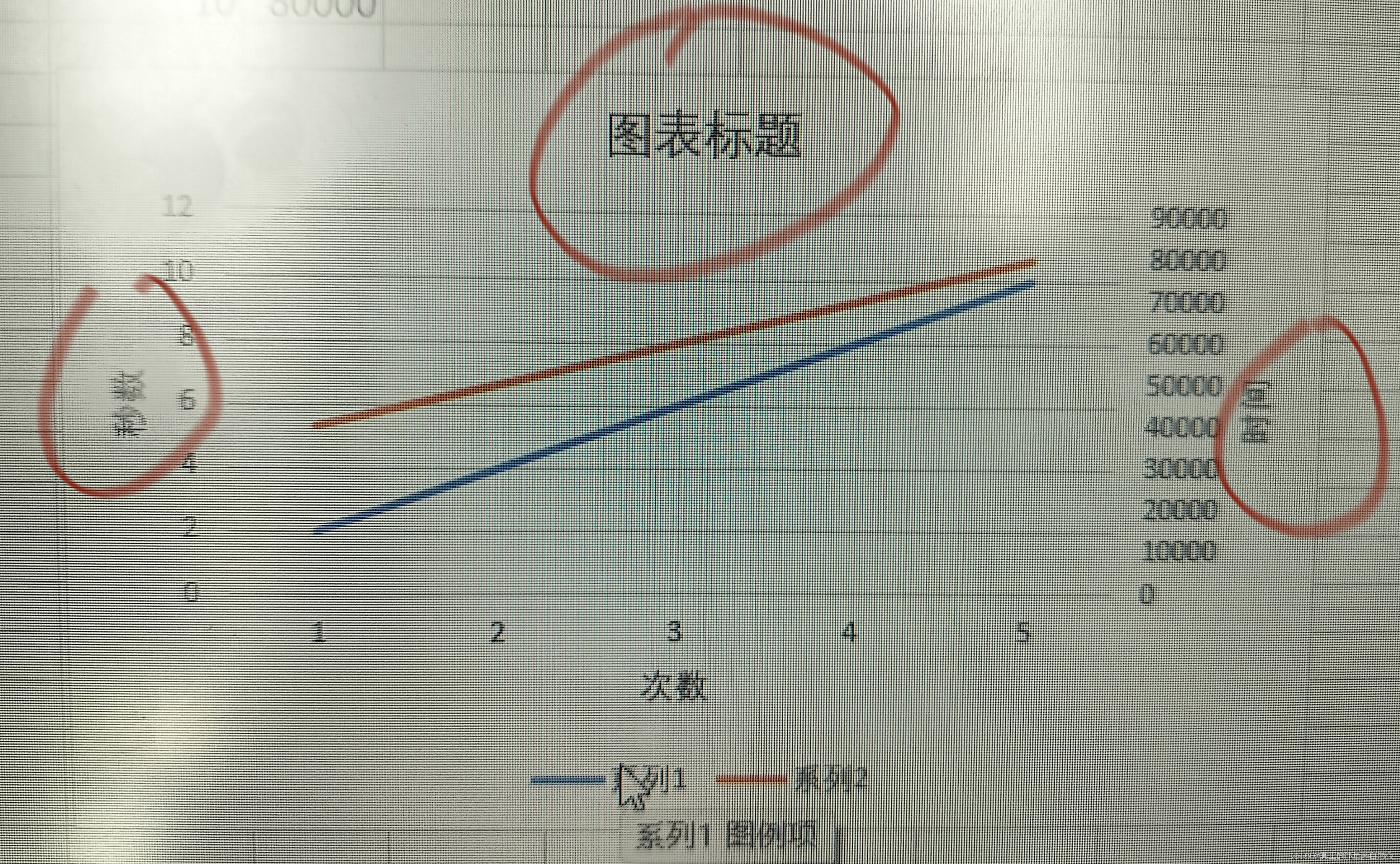滤镜简述
erosion
官网链接=> FFmpeg Filters Documentation
这个滤镜会在视频上应用腐蚀操作,腐蚀操作是形态学中一种操作,接触过opencv的同学应该很熟悉。滤镜主要有如下作用:
- 去除噪声:腐蚀可以帮助去除图像中的小颗粒噪声或者孤立点,这些通常被视为背景上的小前景区域。如下图左边是原图,右边是处理后的图片。


- 边界收缩:由上面可以看出,腐蚀操作会去掉噪声的同时也会让边界变细,因此这个特点可以用于边缘检测。
腐蚀的原理可以参考:数字图像处理之形态学操作——腐蚀_图像处理 腐蚀处理-CSDN博客

滤镜使用
参数
coordinates <int> ..FV.....T. set coordinates (from 0 to 255) (default 255)
threshold0 <int> ..FV.....T. set threshold for 1st plane (from 0 to 65535) (default 65535)
threshold1 <int> ..FV.....T. set threshold for 2nd plane (from 0 to 65535) (default 65535)
threshold2 <int> ..FV.....T. set threshold for 3rd plane (from 0 to 65535) (default 65535)
threshold3 <int> ..FV.....T. set threshold for 4th plane (from 0 to 65535) (default 65535)
惭愧了,这个参数比较复杂,再下没有搞明白他们的意思(有清楚的大神帮忙留个言)。其中coordinates可以控制去除细节的力度,255力度最大。
例子
原图如下

ffmpeg -i /data/work_space/ffm_media/zhizu.jpg -filter_complex "erosion=255" /data/work_space/result/erosion_test_001.jpg处理后的结果如下,可以看出蛛网已经处理的差不多了:

ffmpeg -i /data/work_space/ffm_media/zhizu.jpg -filter_complex "erosion=200" /data/work_space/result/erosion_test_002.jpgcoordinates为200的时候,较细的蛛网没有处理掉。

当然,我们可以反复使用腐蚀操作,类似于opencv中的迭代,我们再对erosion_test_001.jpg进行操作。

## 祝你好运
hope("大神多多指点")
topic("有问题可以交流呀")
concat("求求QUN", "61480", "9646")





















